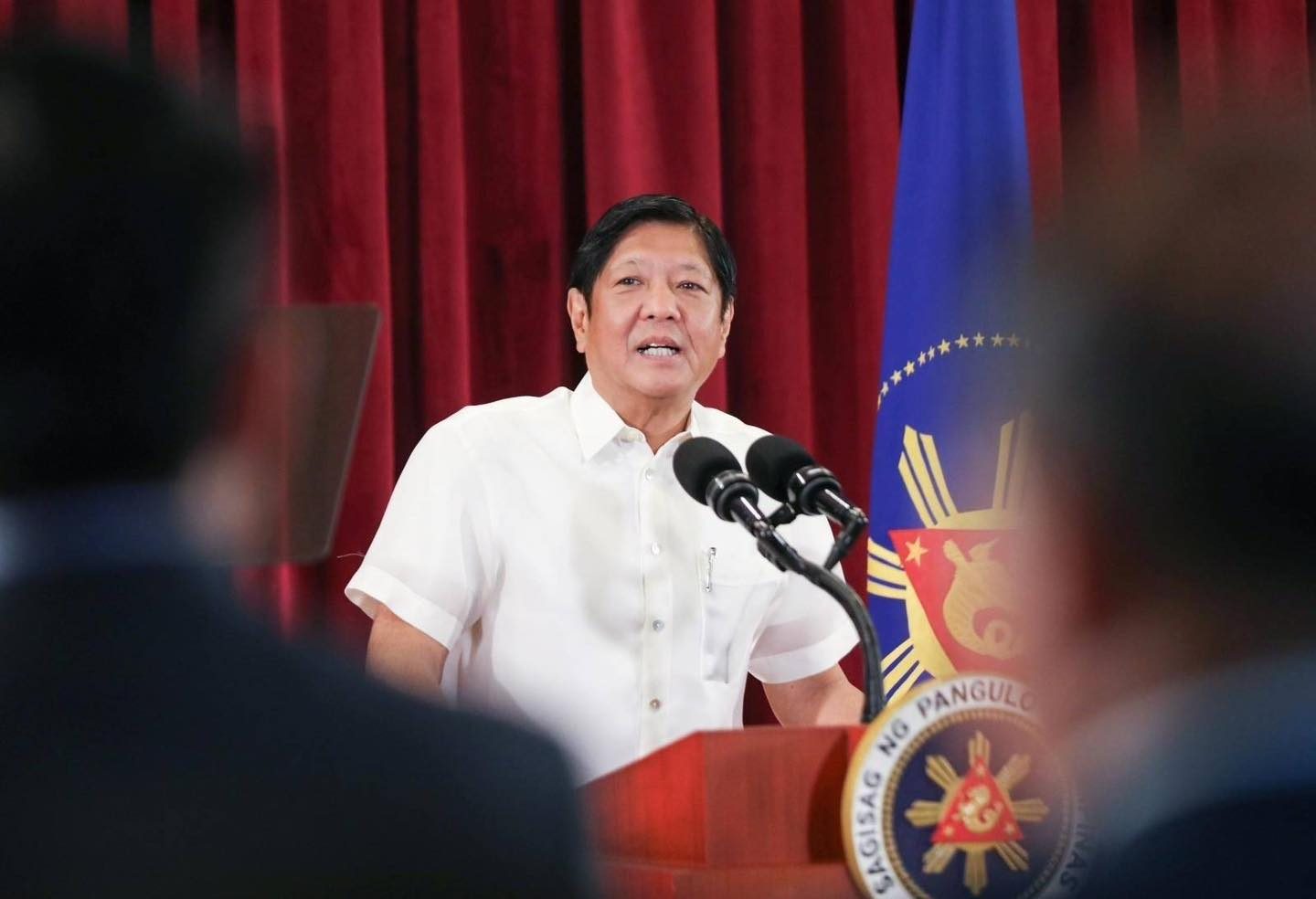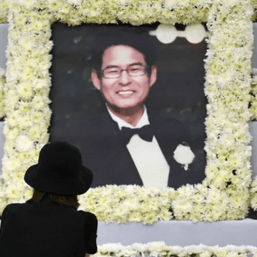SUMMARY
This is AI generated summarization, which may have errors. For context, always refer to the full article.

CAGAYAN DE ORO, Philippines – President Ferdinand Marcos Jr. ordered the Philippine National Police (PNP) to thoroughly probe the brutal killing of Misamis Occidental broadcaster Juan Jumalon in Calamba town on Sunday, November 5.
“Ang ganitong walang kabihasnang pag-atake sa ating mamamahayag ay walang lugar sa isang demokratikong bansa (Such heinous attacks on our journalists have no place in a democratic nation),” read part of a statement released by Malacañang.
“Makakaasa kayo ng aming masusing pagtutok upang mabigyan ng hustisya ang kanyang pagpaslang (Rest assured, we are committed to pursuing justice).”
Jumalon, 57, professionally known as “DJ Johnny Walker” of Gold FM 94.7 Calamba in Misamis Occidental, was shot dead by unidentified attackers. The shooting was caught on a Facebook livestream of his show.
Since 1986, there have been 199 journalists killed in the Philippines, based on the data and monitoring of the National Union of Journalists of the Philippines (NUJP) and Rappler. The NUJP included only media workers who were killed in relation to their job.
Under the administration of President Ferdinand Marcos Jr., four journalists were killed: Rey Blanco, Percival “Percy Lapid” Mabasa, Cresenciano Bunduquin, and Jumalon.
In terms of medium, most journalists who were killed were from radio with 102, followed by print with 71. There were 14 journalists killed who worked in various media (mixed platforms), and eight from television.
Culture of impunity
In a statement, the youth group Anakbayan condemned the murder, noting that it occurred only days after the International Day to End Impunity for Crimes against Journalists on November 2.
Anakbayan underscored Jumalon is the 199th media worker killed in the country since 1986 and the fourth during the Marcos Jr. administration.
The group said such killings are grim reminders of the culture of impunity when it comes to media killings in the country.
“Hadlang ito sa malayang pamamahayag, hindi lang karapatan ng mga alagad ng midya, kundi ng lahat ng mamamayan (This culture not only threatens the rights of journalists but also the rights of every citizen to a free press).”
Another group, Akbayan Party, condemned what it described as the “shameless, vile murder” of the broadcaster.
“This is an evil and horrific act that has no place in our communities… Jumalon’s murder is not the first death suffered by the media under this administration. The killings must stop. We call on the government to bring those responsible to justice and to put an end to the culture of impunity and violence that continues to threaten the lives of journalists across the country,” said Rafaela David, Akbayan president.
Brutal, barbaric
The National Union of Journalists of the Philippines (NUJP) and the Mindanao Independent Press Council (MIPC) issued separate statements as Jumalon’s killing sent chills across the country.
The NUJP said it feared there would be more attacks on media after Jumalon’s murder, while MIPC called on authorities to ensure that journalists are protected.
MIPC president Editha Caduaya called the incident “brutal and barbaric.”
Caduaya said attacks on journalists are a grave assault on the fundamental principles of human rights, press freedom, and democracy itself.
“Such acts have become notably frequent in this country, and no matter how many journalists are killed in the name of freedom of expression, it remains a fact that this barbarity has no place in a just and civilized society,” she said.
Caduaya said there has been a concerning trend of media killings, and journalists continue to face significant risks in their work, often facing threats, harassment, and violence. – Rappler.com
1 comment
How does this make you feel?










![[OPINION] You don’t always need a journalism degree to be a journalist](https://www.rappler.com/tachyon/2024/06/jed-harme-fellowship-essay-june-19-2024.jpg?resize=257%2C257&crop=287px%2C0px%2C720px%2C720px)








![[The Slingshot] Lito Patay’s 4 hours and 38 minutes of infamy](https://www.rappler.com/tachyon/2024/07/Lito-Patay-4-hours-infamy-July-19-2024.jpg?resize=257%2C257&crop=233px%2C0px%2C720px%2C720px)
Now enters President Marcos Jr. with very inspiring words: “Ang ganitong walang kabihasnang pag-atake sa ating mamamahayag ay walang lugar sa isang demokratikong bansa.” Is this for show only? Another one: “Makakaasa kayo ng aming masusing pagtutok upang mabigyan ng hustisya ang kanyang pagpaslang.” Again, let us now begin the count of the number of days, months, years, and later decades when will this case (and other similar cases) be solved. I hope that the NUJP (or any journalist) will do the relevant statistical research on these cases as a whole and present it to the Public through various media platforms, especially Rappler. The result will be a very enlightening one.